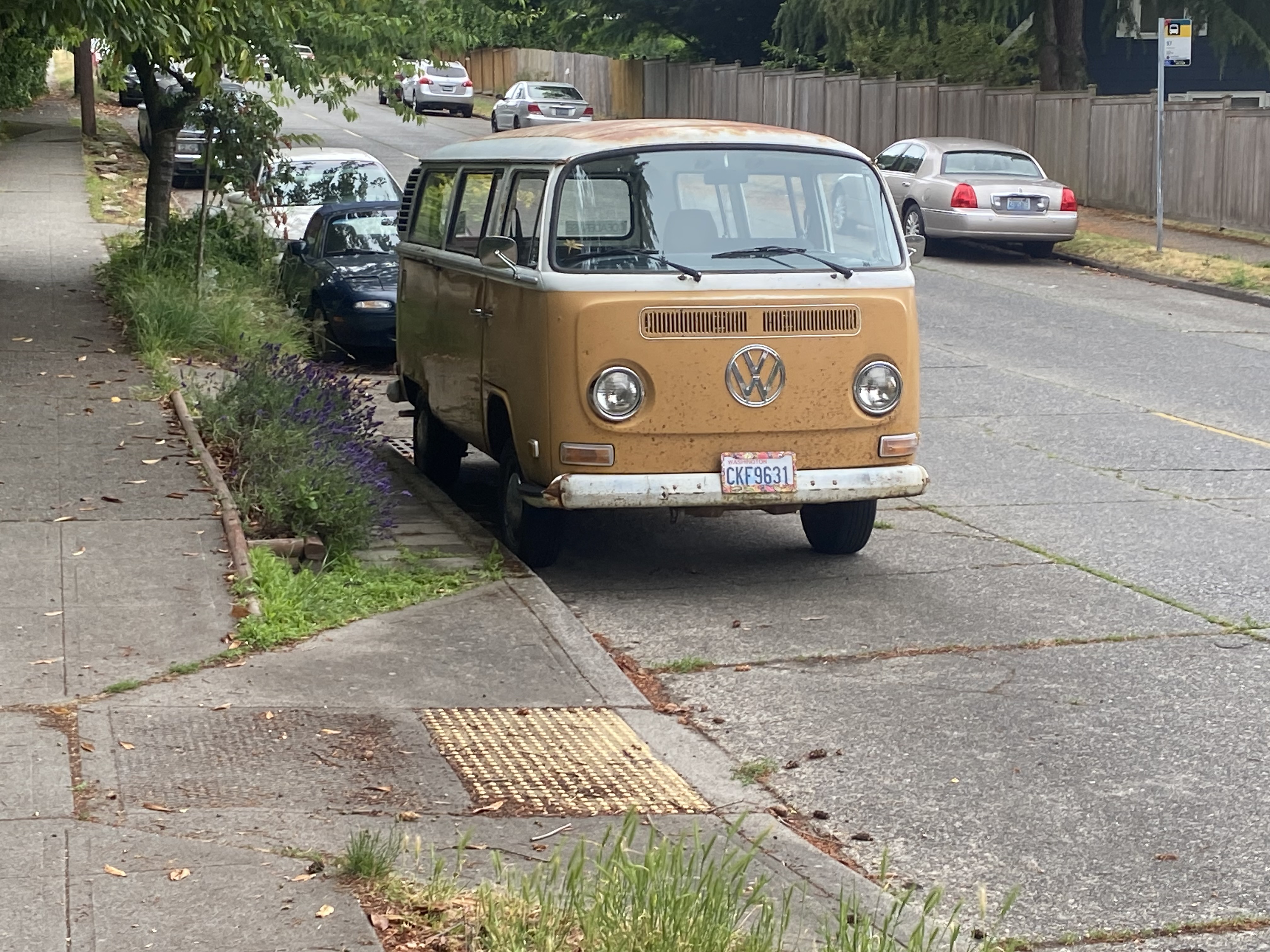 (Competition was intense as sizable fish competed for spawning sites)
(Competition was intense as sizable fish competed for spawning sites)
Story by Judy Pickens
Photos by Tom Trulin
Special to West Seattle Blog
Since 1994 when the first coho spawners in modern history came into Fauntleroy Creek, the count has ranged from 0 to 274, with 20 per year being typical. This year, however, the count hit an all-time high: 347.
Records were also broken elsewhere in central Puget Sound, including east West Seattle’s Longfellow Creek. The reason could be that these fish found ample food during their two years in saltwater, or because of other factors yet to be determined.
On Nov. 1, volunteer watchers began documenting the first of 19 spawners in the lower creek. With no more fish for a week, the Fauntleroy Watershed Council called off the watch on Nov. 10. Dennis Hinton, Tom Trulin, and Mark Sears continued to check, just in case especially high tides brought in more.
 (Mark Sears made sure drift logs did not block spawner access to the mouth of the creek)
(Mark Sears made sure drift logs did not block spawner access to the mouth of the creek)
“More” proved to be an understatement. On Nov. 14, a second wave of vigorous two- to seven-pound spawners began pouring in from Fauntleroy Cove. The daily count ranged from 76 on Nov. 15 to none by Nov. 24.
The council had hosted an open creek for the general public during the first wave. Now without watchers on duty every day to ensure visitor safety, organizers instead invited volunteers to stop by and bring guests. All told, at least 400 visitors came during spawning season, including student groups ranging from preschool to high school.
With so many fish trying to leave fertilized eggs in the gravel, tens of thousands of eggs were lost to birds and other predators. How much “home hatch” results will be evident in mid winter when any surviving fry will emerge from the gravel to start feeding in the creek.
 (Dennis Hinton with a board full of tick marks)
(Dennis Hinton with a board full of tick marks)
“The real benefit of such a glut of spawners is what it indicates about water quality,” said veteran watcher Dennis Hinton. “Hatcheries would have released most of these fish as smolts. Without a home creek or river to return to, spawners sniff for clean water.
“The fact that they found it here is a testament to how successful this community and our agency partners have been in restoring this small urban creek to health and keeping it that way.”
The council will have more extensive summary of spawning season in its 2024 annual report; watch for it in late January at fauntleroywatershed.org.


| 22 COMMENTS